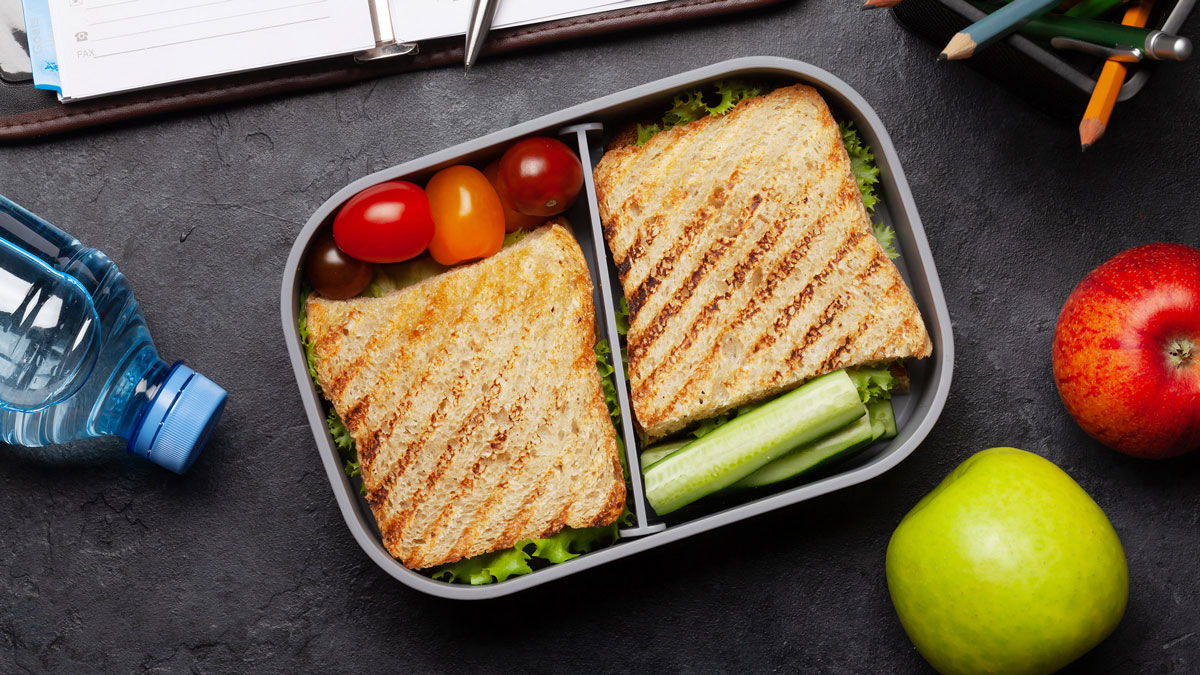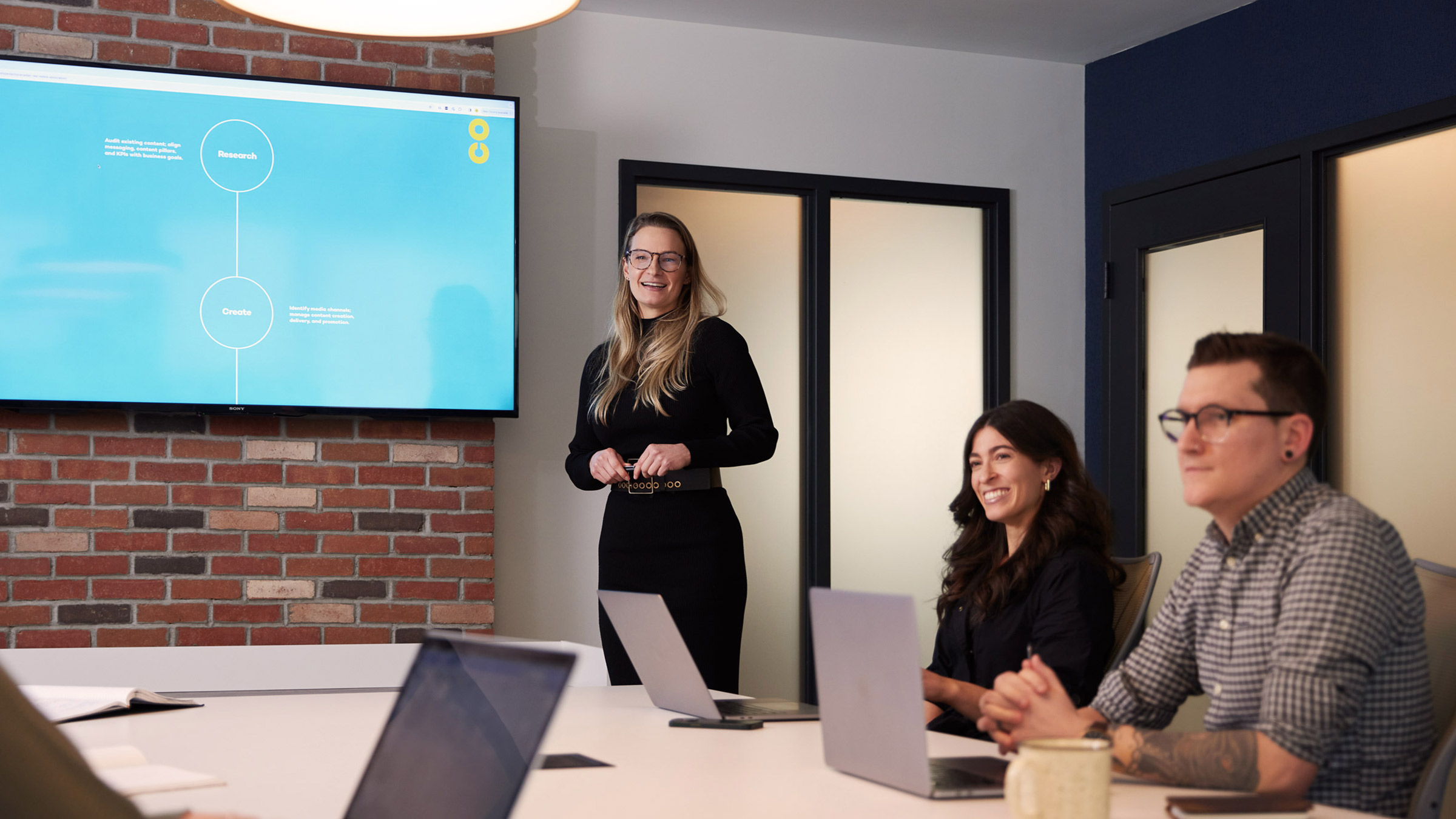The Importance of Work-Life Balance for Creative Minds
Burnout is an ugly topic. We don’t love thinking about it, and we especially don’t love experiencing it. However, as the world moves at a faster and faster pace, and outside factors like social media and technology keep us connected more than ever, the reality is burnout is becoming more prevalent in today’s world. Instead of waiting to address impending burnout until it happens to us, we should be looking for ways to improve the balance in our lives to prevent it from happening altogether.
This is especially the case for creative minds. Our industry can be very fast-paced, which a lot of us prefer because it keeps our creative juices flowing. But if we go too hard, those juices run dry and we can hit a creative wall. Work-life balance directly affects how we conceptualize and imagine creative ideas.
We spoke with Michelle Sorensen, founder of the Resiliency Clinic in Ottawa, Ontario, and registered clinical psychologist with over 20 years of experience, to get her advice on improving work-life balance and how it affects our creativity.

Work-life balance and its connection to creativity
Anyone who’s worked in this industry before understands creative ideas and brainstorming can’t be forced. The moment you tell me to think of a good idea within the next hour, it’s like I’ve never had an original thought in my life. Flexibility and the opportunity to slow down is key.
“We definitely live in a North American culture of hustle, and often there’s a belief that the more we work, the better,” Sorensen says. “I like to say too many of us are ‘human doings’ instead of human beings. We feel anxious about getting enough done, but we push through instead of slowing down and asking, ‘what can I let go of today?’ This doesn’t leave room for creative thought, or the energy for new ideas and projects. We really need to work smarter, rather than harder.”
Oh, and if you feel as though your ability to focus or balance things has gotten worse over the last few years, you’re probably right. Sorensen says since the COVID-19 pandemic, there’s been “an increase in diagnosis of ADHD and other mental health issues.”
“I think it’s clear this busy lifestyle, notifications from apps, being tied to laptops and work from home, among other modern factors, are at least part of the problem or a ‘tipping point,’” she explains.
The problem is that constantly being “on” or preoccupied doesn’t allow for the necessary downtime where new ideas formulate.
“There’s little room for new perspectives and new ideas when we jump from task to task on our to-do list,” Sorensen shares. “Our nervous system is often so dysregulated we can’t even focus on the tasks at hand, let alone the big picture items like our goals and dreams. I like to say, ‘busy is a good drug.’ It can be as addictive as any substance or food or other source of pleasure. Sometimes this is because it helps us avoid things that make us uncomfortable, like social engagements or changing our health and well being.”

Happiness is found within a balanced life
Remember, work-life balance isn’t just intended to make us better employees who can produce more work. The concept also revolves around improving your overall happiness outside of the office. That’s the whole life part of work-life balance. Of course, this is easier said than done.
“Ideally, we have a sense of community in our workplace, but of course people need a sense of community and connection outside of work too,” Sorensen tells us. “If people work on balance by making time for activities or pastimes that foster connection to others, it will often improve their attitude to work and career. It can also make you a more interesting and engaging colleague, when you have stories about a sport, or your volunteer work or newest hobby.”
A change of environment and experiences is key. While Sorensen says there’s no shame in watching some TV or playing video games, she emphasizes “hours of Netflix is not really conducive to helping with energy the next day at work.”
“The antidote to the significant screentime most of us have is time outdoors and ideally in nature,” Sorensen explains. “We really need to boost our productivity by engaging in activities that give us energy, instead of sapping our energy. Many of my clients who experiment with even two workouts a week of some kind, will notice an increase in productivity and focus. When we feel healthier and have changes in routine, it’s not surprising we feel happier.”
If you’re a curious mind—like myself—and are interested in reading more about the connection between work-life balance and overall happiness, Sorensen recommends the Blue Zones research, which looks at the world’s happiest and longest-living populations to identify what they do differently and how other cultures can adopt some of their practices.
“Interestingly, many of these places do have people who work hard, and for a long time, but they have positive connections and a sense of collaboration and community,” Sorensen explains. “Positive rituals, sharing food, along with healthy food and activity levels, are all part of the work-life balance and healthy living that create longevity.”

Ways to improve work-life balance in the office
Our team benefits from being back in the office full time, which means we have a much clearer separation of work and home. This, coupled, with some minor changes, can prove to be very beneficial when trying to be more mindful about work-life balance.
“I would suggest [employees] starting small, and building on small successes,” Sorensen says. “You can’t change everything at once, and it’s best to set attainable goals. Packing lunch every day, so you take healthy food to work, would be a solid goal. It might lead to other positive changes, like getting up earlier to have time to pack lunch, and then sitting down with a coffee and having a mindful practice of enjoying your coffee before you leave for work. Slowly build good rituals and routines into your day. Over time, you may notice how much this helps create a sense of stability and contentment in your life.”
Here are some other ideas:
- Schedule break times where you get up and walk around for a few minutes. This helps give your eyes a screen break, but also breaks up the day.
- Take your lunch break—and not just at your desk. It sounds simple, but this change of pace and scenery can help refresh your mind by taking an hour to socialize (or even read).
- Use your vacation days. Taking time off is rejuvenating for the mind, and it’s important to give yourself a mental break for longer than a weekend.
- Communicate with your manager. Be clear about your goals, expectations, and workload so there’s no space for uncertainty or assumptions.

It’s not just up to employees. Sorensen says there are ways for employers to model better work-life balance behaviours which can then trickle down into the overall culture of the company.
“I think leaders really need to model mindful behaviours,” she explains. “A doctor, or director on a team, or owner of a business, can be deliberate about using a calm tone, not adding to the hustle and panic all the time. If they send emails in the evening, they can schedule them to send in the morning, so it doesn’t send the message that after hours work is needed. Even just taking a few breaths, standing in the elevator without looking at a phone, sets the tone. Every employee can be part of a change in culture, by making eye contact, making a joke, and bringing more lightness and balance to meetings.”
Plus, ensuring access to mental health resources are part of the company’s benefits plan is vital to overall company success.
“I may be biased, but I do think employers see a return on their money when their benefits include mental health help,” Sorensen stresses. “A big part of our job as mental health professionals is to help clients look at the big picture and explore the connection between the way they live and their work and personal achievements and performance.”
Work-life balance isn’t going to happen overnight, and it’s never going to be perfect. But as long as you practice mindful habits and take the time to slow down every once in a while, you’re certainly on the right track. It’s not only going to give you more gas in the tank for creative inspiration, but it’s also going to help improve your overall quality of life—which may sound dramatic…but it’s also the truth.